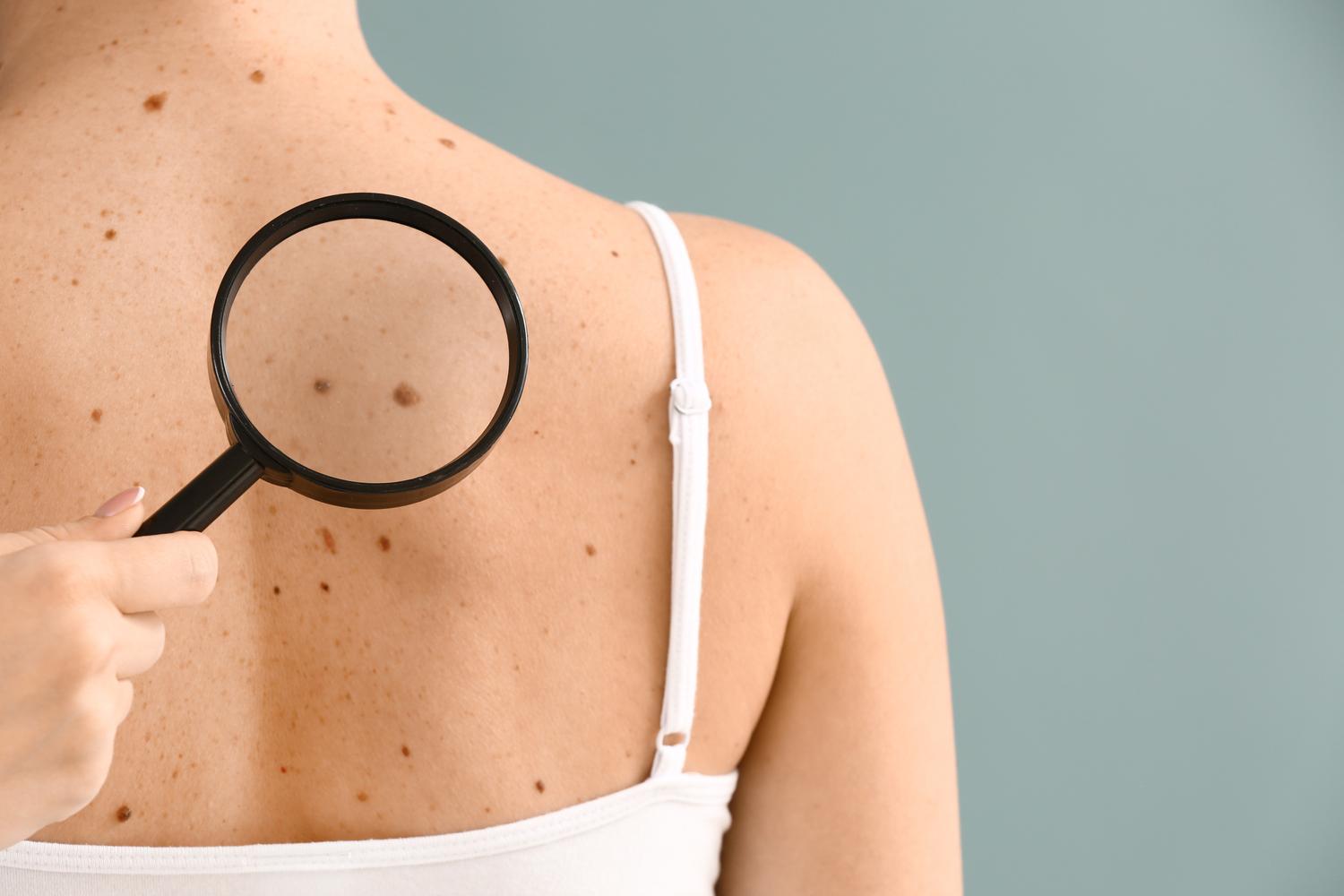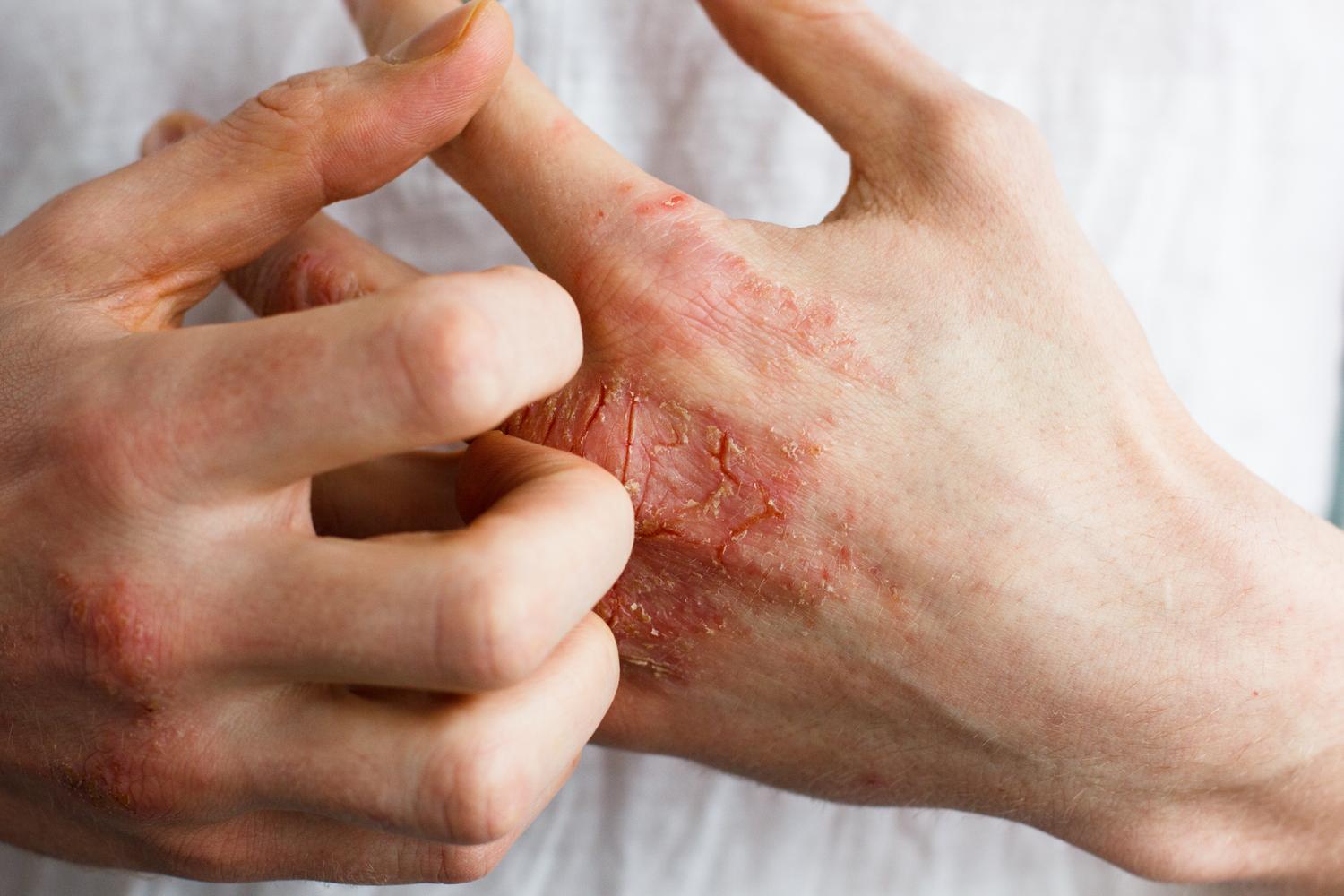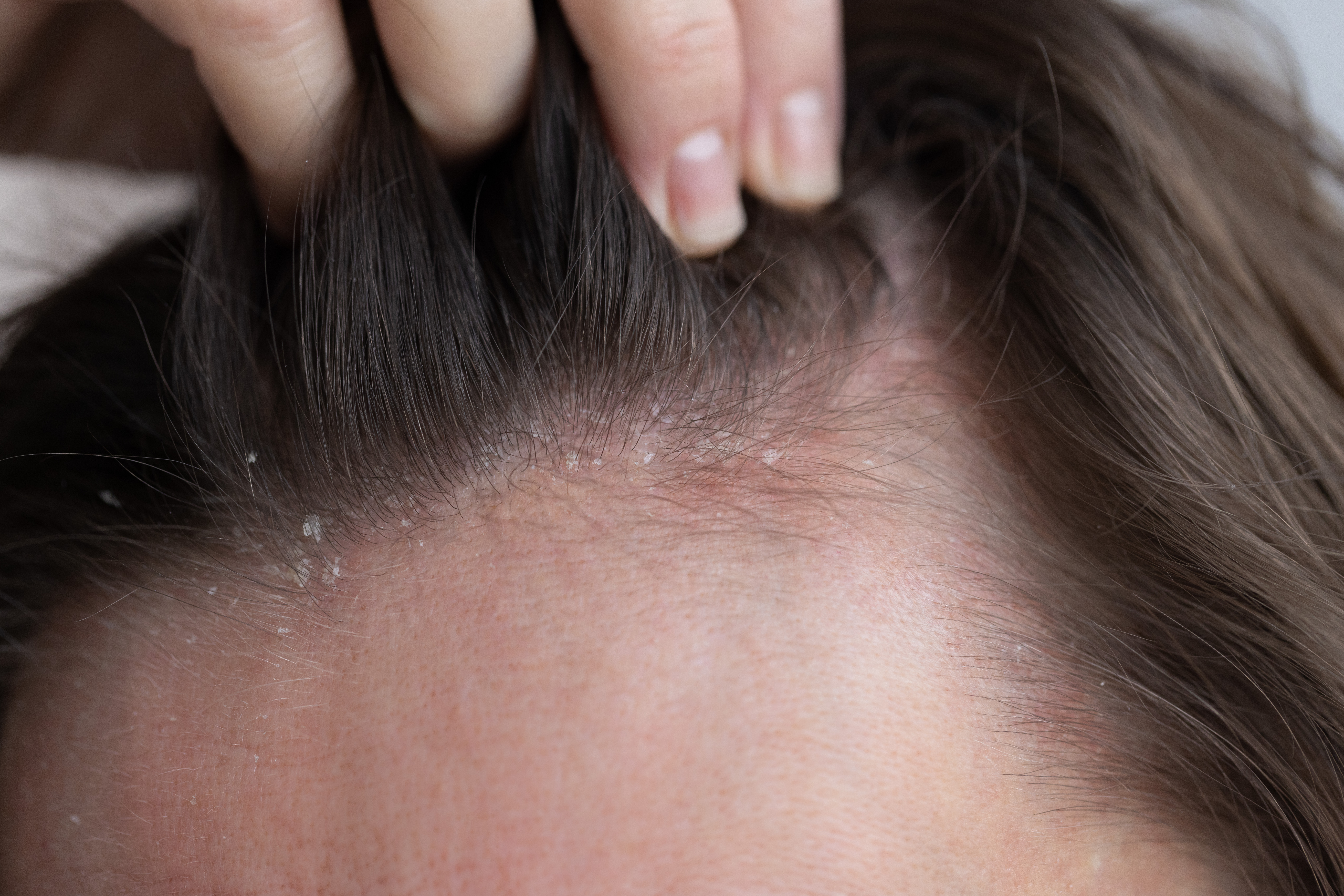10 Skin Cancer Symptoms To Look Out For
Common skin cancer signs and symptoms, plus tips for self-examination.
Skin cancer is the most common type of cancer in the United States. Approximately 9,500 Americans are diagnosed with skin cancer every day, and more than 1 million Americans are living with it. Skin cancer rates are also on the rise: from 2009 to 2019, it’s estimated that the number of new melanoma cases increased by more than 40%.
Fortunately, skin cancer is generally very curable if it’s detected and treated early on. For instance, people with melanoma (the deadliest type of skin cancer) have a five-year survival rate of 99% if the melanoma is detected and treated before it grows and spreads to the lymph nodes.
Early skin cancer treatment is also often far more affordable than treatment for advanced skin cancer: one study found that it is 1000-2000% more expensive to treat larger, more advanced melanoma tumors. A 2023 study on basal cell carcinomas (BCC), another type of skin cancer, found that a simple excision and repair for a BCC under 5cm was about $210. On the other hand, the cost of treating a giant BCC greater than 10cm was upwards of $44,500 with medication.
These statistics highlight why it’s so important to know the signs of skin cancer and treat it quickly. In this blog, we'll discuss the different types of skin cancer, along with 10 key signs and symptoms to be aware of. We’ll also discuss tips for self-screening and what to do if you’ve noticed any changes to your skin.
Main types of skin cancer
There are three main types of skin cancer: basal cell carcinoma (BCC), squamous cell carcinoma (SCC), and melanoma.
- Melanoma: Melanoma is the most dangerous form of skin cancer. It can develop from normal moles and spread quickly.
- Basal Cell Carcinoma (BCC): BCC is the most common type of skin cancer. It is a nonmelanoma skin cancer and often appears as a shiny bump or scaly patch.
- Squamous Cell Carcinoma (SCC): SCC is typically found in sun-exposed areas. It is a nonmelanoma skin cancer and often presents as red, scaly patches or sores that just won’t heal.
Other less common types include Merkel cell carcinoma, cutaneous melanoma and various sarcomas.
Regardless of the type of skin cancer, it can affect all people of all skin tones. It’s also important to note that skin cancer can be more difficult to identify and detect in darker-skinned individuals.
Because of this, it’s important to know your family history, avoid skin cancer risk factors like ultraviolet exposure from the sun or tanning beds, and be familiar with signs of skin cancer for early detection and treatment!
10 Signs and symptoms of skin cancer
It’s common for skin cancer to develop on sun-exposed places like your scalp, face, ears, neck, arms and legs. However, it can also occur in harder-to-spot areas, like the soles of your feet or under your nails. It also doesn’t present with many symptoms, so it’s critical to be vigilant about any changes in your skin. Here are 10 signs and symptoms of skin cancer to look for:
1. A new growth on the skin
New moles or skin growths should be checked, especially if they look different from other moles or marks.
2. An existing growth that has changed in size, shape or color
One of the primary signs of melanoma and other types of skin cancer is a noticeable change in an existing mole or spot.
3. Itchy or painful skin growths
A mole or skin growth that has become painful or itchy should be evaluated by a healthcare professional.
4. A persistent sore that bleeds or forms a scab without healing
Sores that do not heal within a few weeks, or that bleed and form a crust, can be warning signs of skin cancer. These symptoms are often associated with basal cell carcinoma.
5. A red or scaly rough patch on your skin
If you’ve noticed a discolored rough patch on your skin, it may be best to get an opinion from a dermatologist. These patches are often found in sun-exposed areas of the body and are sometimes mistaken for actinic keratosis, a precancerous skin condition caused by sun exposure.
6. A raised skin lesion with a central crust or bleeding
This type of growth can indicate a more advanced skin cancer. The raised border and central ulceration are characteristic of certain types of basal cell carcinoma.
7. A red, shiny or flesh-toned nodule on the surface of the skin
A shiny bump that is red or skin-colored may be a sign of basal cell carcinoma. These bumps can be mistaken for normal skin lesions but should be checked if they persist.
8. A growth that looks like a wart
Wart-like growths, particularly those that rapidly change or bleed, can be a sign of squamous cell skin cancer. These growths can appear anywhere on the body, including the genital areas.
9. A growth that looks like a scar without a well-defined border
A scar-like growth, especially if it appears without any previous injury, can signify basal cell carcinoma. These lesions are typically pale, waxy, and can be mistaken for normal skin changes.
10. Unusual spots on the soles of your feet, palms or under your nails
Skin cancer can appear in less obvious areas, like the soles of the feet, palms of the hands, or under fingernails or toenails. This is more common for those with darker skin tones.
How to check for skin cancer
Regular self-examinations are crucial for early detection of skin cancer. By knowing what to look for and how to examine your skin, you can catch potential issues early and seek timely medical advice. Here are some effective ways to check for skin cancer:
Perform regular self-examinations
The American Cancer Society recommends inspecting your skin monthly for any new spots or changes to existing moles.
Use a hand mirror for hard-to-see areas
Utilize a hand mirror to examine difficult-to-see areas like your back, genitals, the back of your neck and the backs of your thighs.
Use the ABCDE rule
If you’re not sure what to look for, you can also use a simple acronym to help identify signs of skin cancer: ABCDE. The ABCDE rule stands for:
- Asymmetry: One half of the mole doesn't match the other.
- Border: Edges are irregular, ragged, or blurred.
- Color: Uneven shades of brown, black, or other colors.
- Diameter: Larger than 6mm (about the size of a pencil eraser).
- Evolving: Changes in size, shape, pigment or another trait.
If you think any of the ABCDE rules apply to a mole or skin growth, make an appointment with a dermatologist or primary care provider.
If the mole or freckle looks suspicious, the physician may perform a biopsy (remove a small sample or the entire mole) for further examination under a microscope. This can confirm whether the lesion is benign or cancerous and help determine next steps and treatment options.
How Sesame can help
If you’ve noticed changes to your skin, need a routine skin check, or want to talk to a dermatologist about a concerning spot or growth, a dermatologist on Sesame can help. You can book in-person and virtual skin consults with expert providers within minutes.
Simply browse providers, select a time slot that works for you and upload any pictures or images that you’d like to share with your provider. During your appointment, your provider can discuss your questions and concerns and offer guidance on next steps! It’s a convenient and affordable way to get the answers you need about your skin’s health.
Related posts

An estimated one in five Americans will develop skin cancer in their lifetime. Here's what you need to know about skin cancer causes, detection and prevention.

Learn the differences between UVA and UVB rays, their effects on your skin and how to protect yourself. Discover the risks of UV radiation, including skin cancer, and get practical tips for effective sun protection and choosing the right sunscreen.

Is there really a difference between SPF 30 and SPF 50? And how can you get the most protection out of your sunscreen? Read on to learn more about SPF strength differences and how to protect your skin from the sun’s harmful rays.

Explore the differences between eczema and psoriasis, two chronic skin conditions. Discover their symptoms, causes and various treatment options to help manage these conditions effectively.

To help better understand breast cancer—how prevalent it is, how it’s diagnosed and treated, and how to prevent it—we put together this guide.

Not sure whether dandruff or scalp psoriasis is causing your flaky scalp? Learn how to tell the difference, along with treatment options, and prevention tips.

Health issues that disproportionately affect women include breast cancer, Alzheimer’s disease and osteoporosis. Being aware of the causes, signs and symptoms of these conditions is the first step toward combating them.

Explore UV sunglasses, clothing, stickers, and beach umbrellas that enhance your sun protection routine, allowing you to enjoy summer safely. Learn how these products offer added defense against harmful UV rays.

Sesame Launches Skincare Rx Subscription
